



You think Harry Potter had expectations? It’s a beloved book, sure, but it was published in 1997. In 10 years it will be as forgotten as The Bridges of Madison County. But J.R.R. Tolkien’s The Lord of the Rings series dates all the way back to 1937 (when The Hobbit was published), and it’s taken all these decades for someone to even attempt a live-action recreation of the trilogy of books. And not without reason.
How do you satisfy a legion of fans, some of whom have been waiting almost 65 years to see their absolute favorite work of literature put to film? More often than not, you don’t, and though Peter Jackson’s production of The Lord of the Rings is painstakingly faithful and earnest, it is almost a foregone conclusion that the movie will never quite be good enough for the obsessed fans (see also the 1978 animated Lord), just is it will be far too obtuse for those who haven’t read the books.
 For the uninitiated, The Lord of the Rings is a trilogy of books that occur 60 years after the events of The Hobbit. A hobbit (read: little person with hairy feet) named Frodo Baggins (Elijah Wood), nephew of the famed Bilbo Baggins (Ian Holm), is entrusted with a mysterious ring when Bilbo opts to take a permanent holiday, fading away from society after 111 years of life. How’d he get so old? That ring isn’t just a band of gold. It’s a magic ring forged of unspeakable evil — evil that has finally awakened after centuries of dormancy… and now it wants its ring back.
For the uninitiated, The Lord of the Rings is a trilogy of books that occur 60 years after the events of The Hobbit. A hobbit (read: little person with hairy feet) named Frodo Baggins (Elijah Wood), nephew of the famed Bilbo Baggins (Ian Holm), is entrusted with a mysterious ring when Bilbo opts to take a permanent holiday, fading away from society after 111 years of life. How’d he get so old? That ring isn’t just a band of gold. It’s a magic ring forged of unspeakable evil — evil that has finally awakened after centuries of dormancy… and now it wants its ring back.
Of course, if that were to happen, you know, we’d have a reign of terror, end of the world, or some such stuff, so it’s up to our miniscule hero and his band of merry men to do something about it. At the prodding of the wizard Gandalf (Ian McKellen, very aptly cast here), Frodo embarks on a quest — first to get the ring far away from his peaceful home, then eventually agreeing to destroy it in the volcanic fires in which it was forged. He finds aid in the form of a band of unlikely henchmen: a few hobbits from home, including his best pal Sam (Sean Astin), the aforementioned Gandalf, a sophisticated elf (Orlando Bloom), a mean dwarf (John Rhys-Davis, wholly unrecognizable), and a couple of tough humans (including one who just so happens to be a king in exile (Viggo Mortensen). And along the way they encounter bad guys sent by the evil Sauron (mostly a bunch of grotesque creatures), and good guys that help them out (mostly a bunch of elves, including characters played by Hugo Weaving, Liv Tyler and Cate Blanchett).
Will Frodo and his friends succeed, destroying the ring and saving the world of Middle Earth? Well, not in this movie, they won’t. Though The Fellowship of the Ring is three hours long, we’ve still got a good six hours to go before any of this gets resolved. Purists are going to love the drama. Your average moviegoer is going to wet himself.
To be sure, Jackson (director of numerous cult flicks and one of my favorite films, Heavenly Creatures) goes out of his way to make The Fellowship a film for the Tolkien-obsessed. Throughout the production, he has collaborated in depth with the fan base, though I imagine there’s only so much fan interaction one can take before going completely postal. And in fact, some fans are still unimpressed — one fan Web site even tried to launch a petition to get the studio to change certain details about Liv Tyler’s character, citing a long list of reasons. Imagine their surprise when they discover she only has about five minutes of screen time, anyway! (Also by way of totally random side note, the controversial theory that Sam is gay and is in love with Frodo gets considerable play in the film — but you’ll have to judge for yourself.)
Now it’s been a decade and change since I last cracked open a Tolkien book, but from what I remember, Jackson has treated the source material with considerable faithfulness. Ironically, this may work against the film at the box office — with all the genealogies and more races than you can count (and will the average moviegoer understand that hobbits and halflings are the same thing?), Peoria may not be willing to suffer through three hours of an elaborate fantasy world just to be given the message that, well, power corrupts.
Of course, The Lord of the Rings has been billed as an effects extravaganza, but overall, these are a considerable letdown after such a massive buildup. While the hobbitization effect — which takes normal-sized actors and digitally shrinks them down to appropriate size — is alarming at first, eventually you get used to it (though Astin’s ringlets and chubby cheeks are just plain creepy).
Hobbits aside, it’s the glaringly obvious digital/miniature/matte painted backdrops that start to wear you down. Our adventurers set out across countless picturesque vistas — but when these are left untweaked, they look strikingly like regular old New Zealand (where the film was shot). To offset this, Jackson inserts outrageous monuments into the background to build a fantasy world. When he adds simple ruins or rocky outcroppings, it works fine, but when it’s an entire phony city, it just isn’t believable, and that pulls you out of the story. If I see another movie (Star Wars: Episode I and Gladiator also abused this to an extreme) where a few digital birds go flying across the digital sunset over the digital buildings again, I’ll puke.
While the film is studded with action, the fights are not particularly well-choreographed, either. You don’t get a good sense of scale of the big battles, and the in-close fighting is edited to frantically to follow well. (Thankfully, there are no Matrix-rip-off wire-flips or time-stopping tricks!) The exception to the rule is a fight between the gang and a giant troll, deep in the Mines of Moria. The troll is one of the best CGI monsters I’ve seen on film, and his battle sequence is put together perfectly.
This scattershot quality extends throughout the film. Another example: The magic effects are alternately stellar and disappointing. While Gandalf’s showdown with the demon Balrog is arguably the film’s high point, his skirmish with rival Saruman (Christopher Lee, bearing a staff with what I swear is a golf ball on top) is pretty lame — two old geezers just pointing their staffs at one another, which sends the other one flying against the wall, over and over again. It’s hard to believe the sequences are from the same movie.
Overall, I found the film enjoyable and don’t want to harp too much on the negatives, though they are substantial. But with two-thirds of the story to go, it’s difficult to judge the film without its sequels so I’ll give it a qualified recommendation. Suffice it to say that fantasy fans will enjoy The Fellowship of the Ring, [and judging from the volumes of Tolkien loyalists who have already written in, they have already decided they LOVE it, unseen], but most moviegoers will find it overly long and just too exhausting. Jackson may have some tricks up his sleeve for the sequels, but it’s going to be tough for him to improve things much with The Two Towers, when the highlight of the story includes an anthropomorphic, talking tree. I understand that making a movie out of a legion of people’s favorite book means the opportunity for a director’s interpretation is limited, but Jackson also needs to understand that for his trilogy to earn the title of epic it will require something more than simple length.
*DVD/VHS Update* After a second screening of Fellowship following its DVD release, I stand by my original review that the movie is very good but short of classic. Its weak points are even more visible the second time around. Of note: The scenes of Sauron and the large-scale battle scenes are not believable as special effects, the movie takes much too long to get moving (and it’s too long, period), the battle between Saruman and Gandalf is uninspired, the flaming eye effect is silly and not frightening in the least, and Liv Tyler is still way out of place in the movie at all.
On the other hand, DVD offers some real benefits to offset the fact that you have to watch it shrunken down and letterboxed on a tiny screen: The surround sound is fantastic and well-crafted and some of the extras are interesting (naturally, The Two Towers preview footage is the stand-out; the bulk of the extras are making-of featurettes long since seen on TV or online). But it’s a single button on your remote control that makes Fellowship far more compelling at home vs. the theater: and that’s the pause button. Mr. Jackson: My bladder salutes you.
Extended Edition Update November 12 brought us the extended edition DVD release of The Fellowship of the Ring. So why take a movie that’s already too long and add another half-hour of footage? Well, even skeptical me has to admit that the film is improved by its extra exposition. Virtually every scene is lengthened and a few new ones are added. This gives Jackson the chance to better tell the nuances of the story (the ring’s origins are expanded, Aragorn’s past is more fully revealed, and even Sam comes off as less gay). Jackson also gets the opportunity to show off some of the more interesting sets built for the film. In the original cut we barely see The Shire. In the Extended Edition we see the entire town — and it’s as impressive as some of the other sets, at least the non-digital-or-miniature ones, which are still kinda lame.
Two discs comprise the movie. Another two comprise the extras. These include documentaries on Tolkein, set-building, costuming, arms & armor, and creatures of Middle-earth. An interactive map puts the journey in perspective, and countless making-of documentaries show the behind-the-scenes during production. If you want to relive the movie, definitely check out this version of the film and skip the earlier release.
Review by Christopher Null © 2001 filmcritic.com

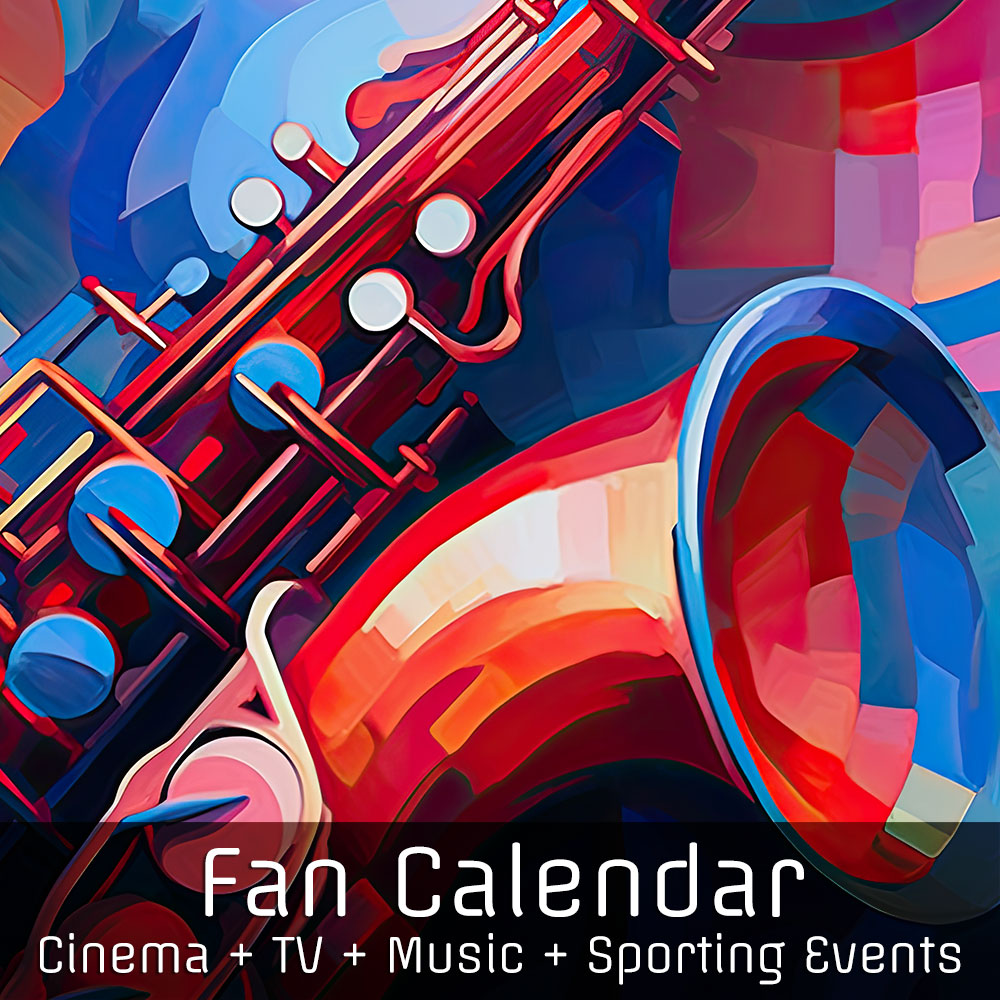

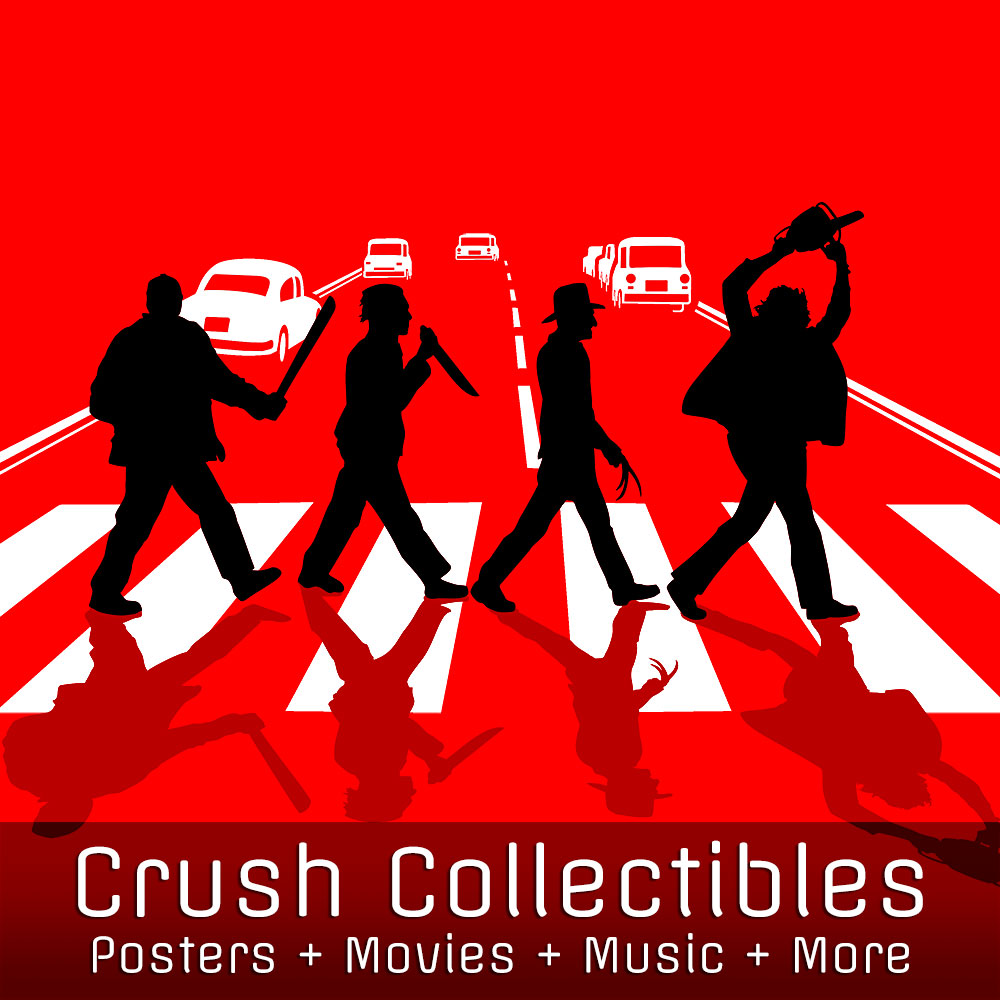


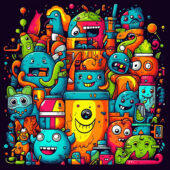


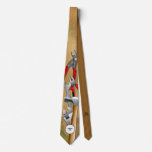
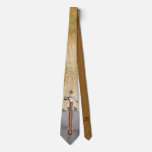
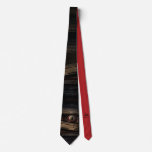
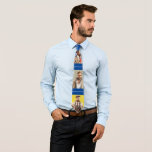
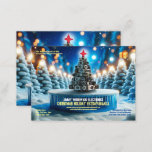
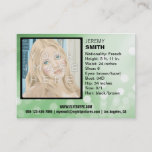
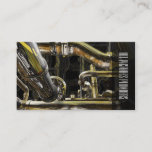

![Robert Kirkman and Gale Anne Hurd at The Walking Dead Press Event Photo [221114-12]](https://www.filmfetish.com/img/p/2022/11/221114-12-11x85-web-170x170.jpg)
![Iconic Music Venue The Stone Pony (1980’s) Asbury Park, New Jersey Photo [210907-15]](https://www.filmfetish.com/img/p/2024/04/210907-15-11x85-web-170x170.jpg)
![Downtown Las Vegas Fremont Street The Mint, Boulder Club and Joe W. Brown’s Horseshoe Photo (1950s) [220417-6]](https://www.filmfetish.com/img/p/2022/10/220417-6-las-vegas-mint-11x85-web-170x170.jpg)
![Brigitte Bardot Set of 3 Vintage Original Photos [L48]](https://www.filmfetish.com/img/p/2023/02/P1480568--170x170.jpg)







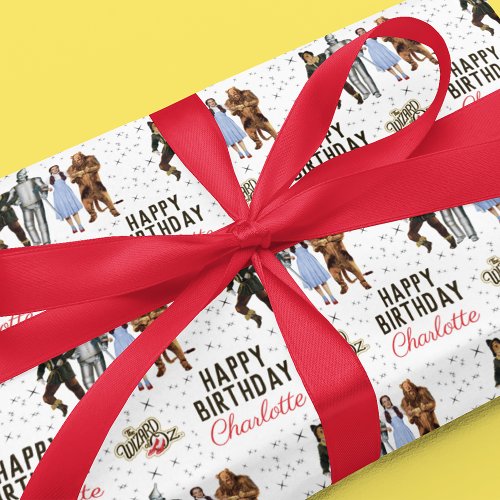
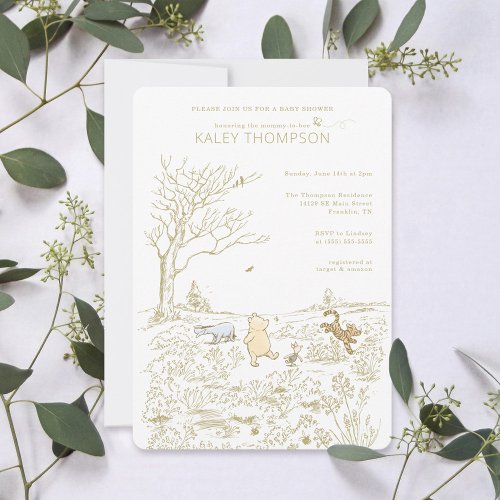

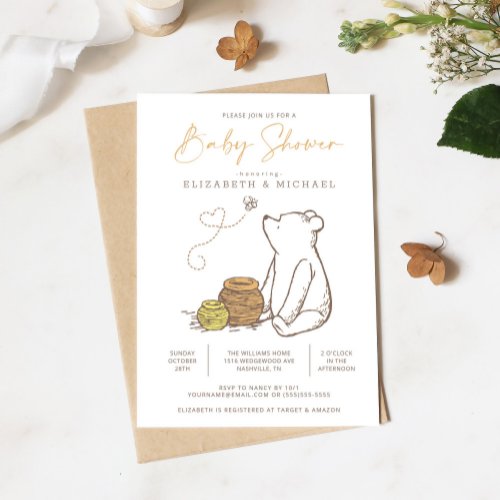
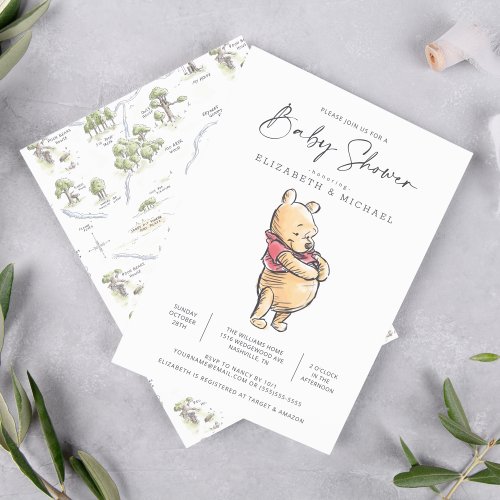
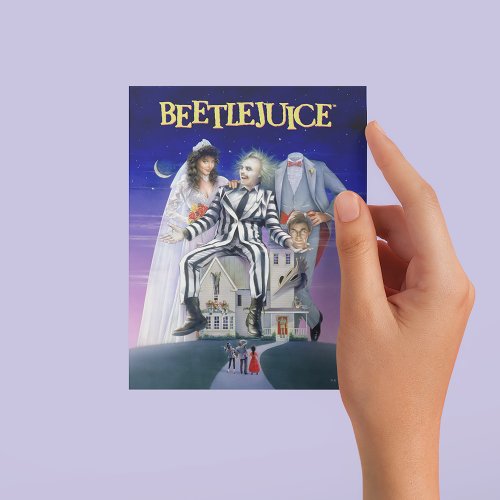
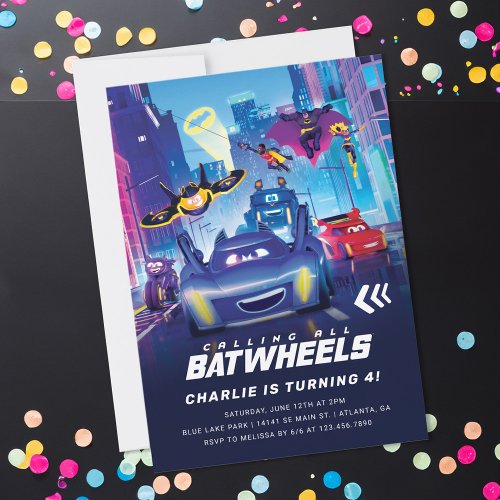
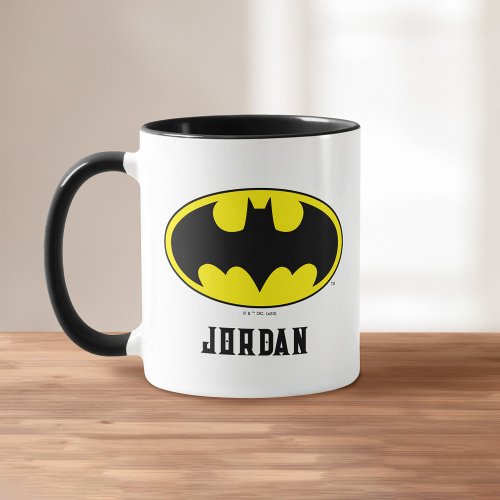


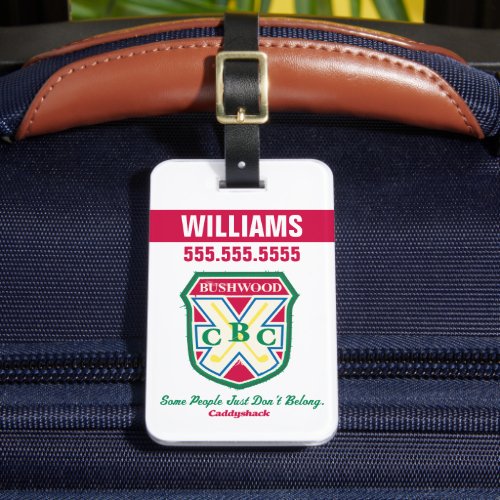
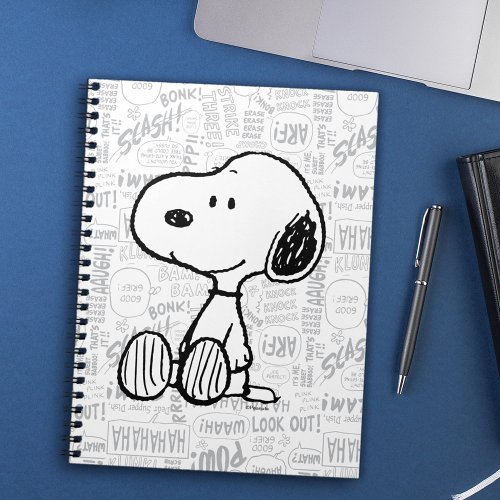
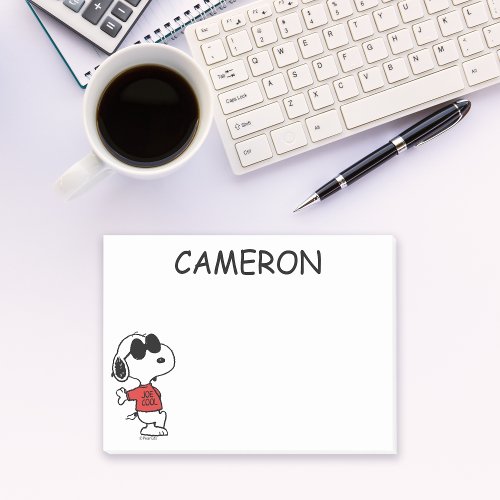
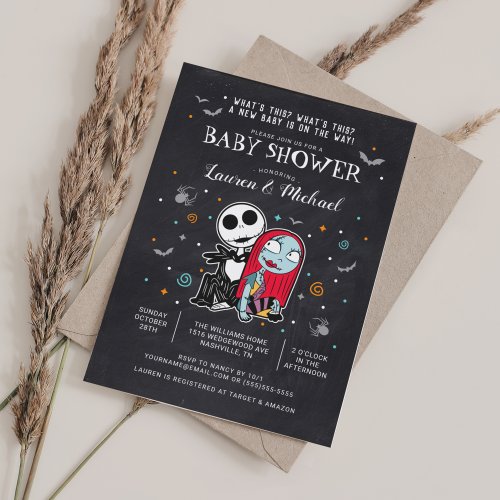
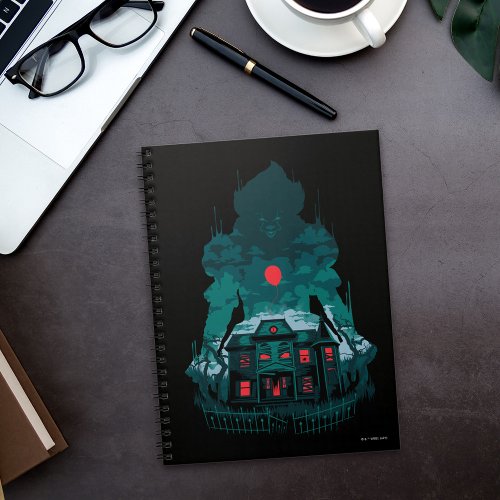

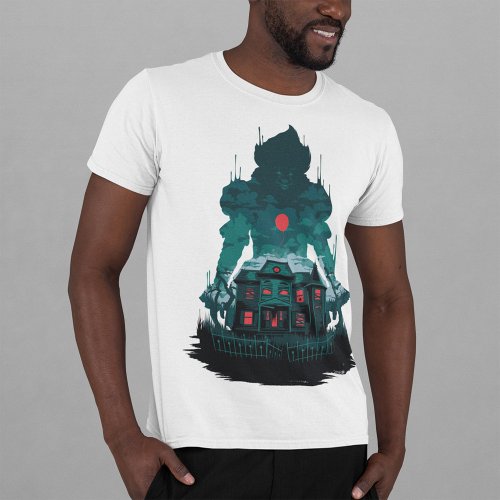
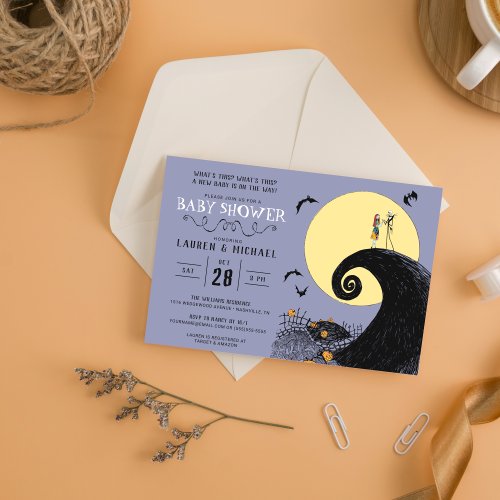
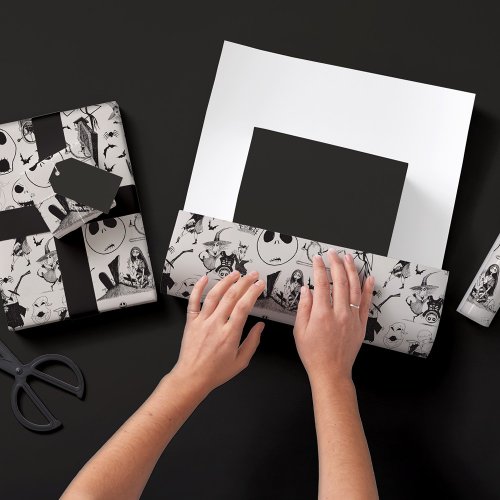
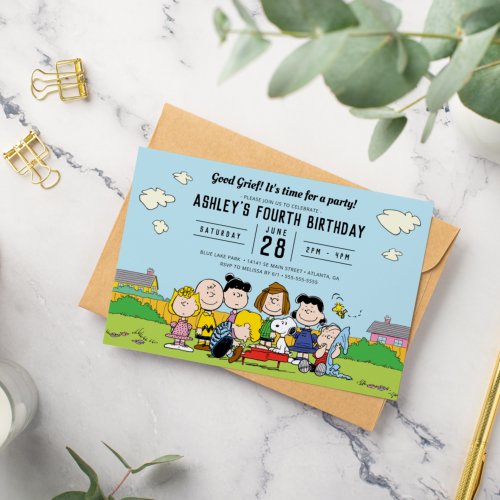
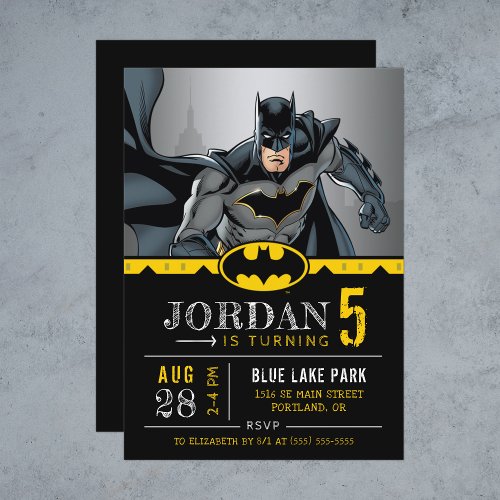
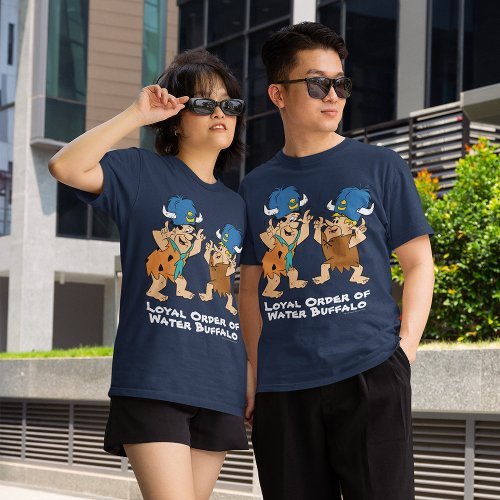
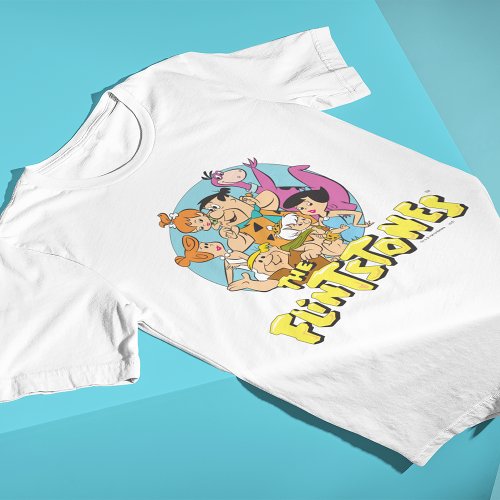
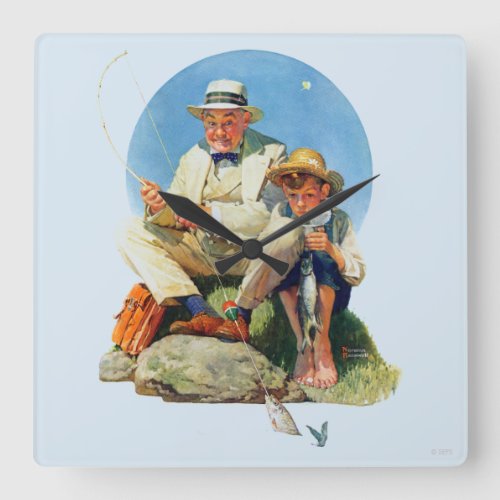

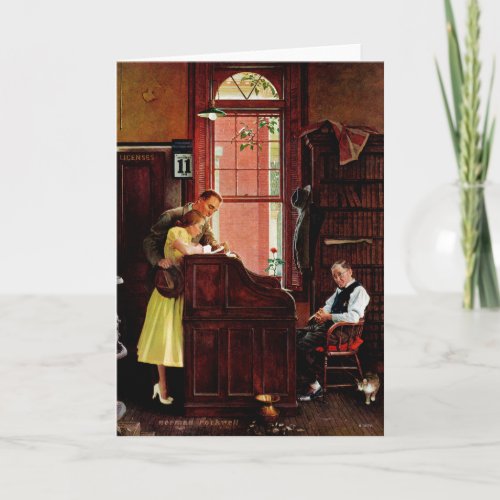


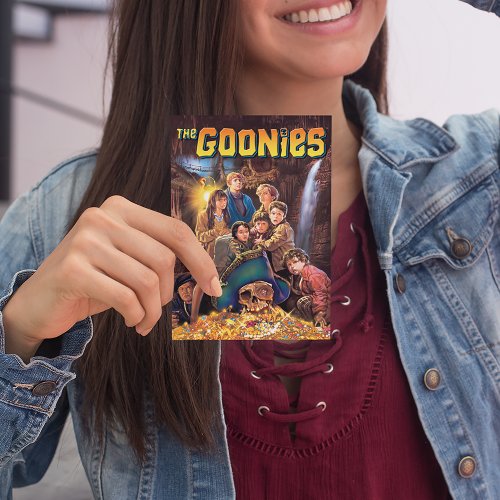
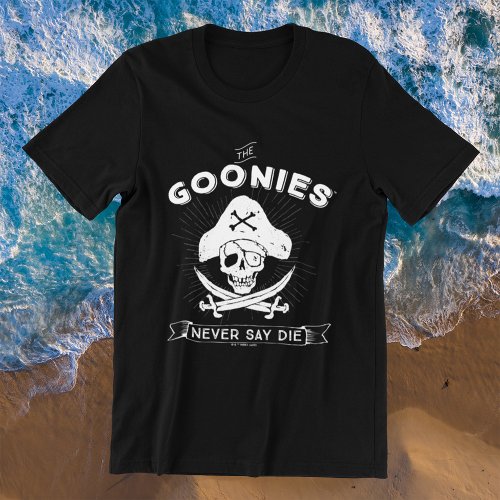

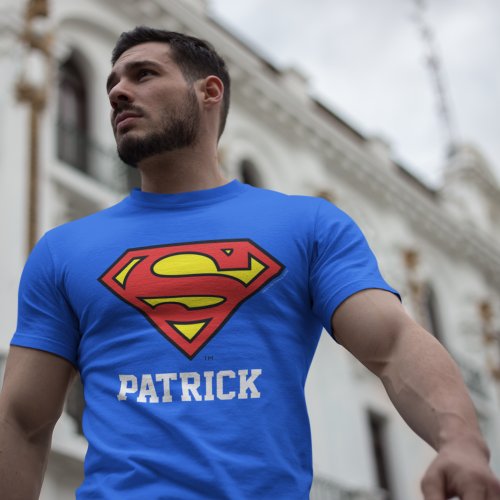
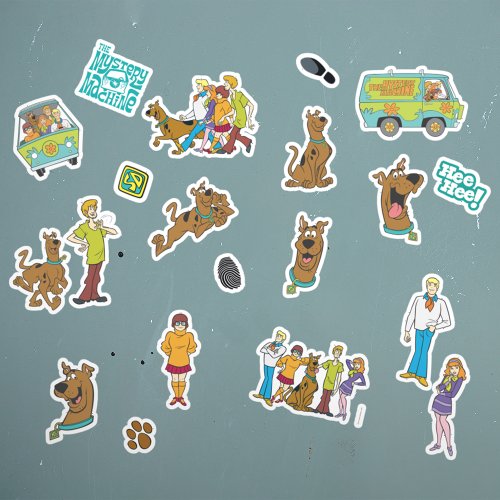
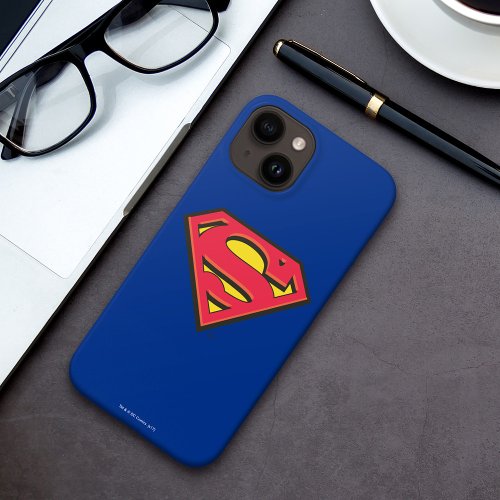
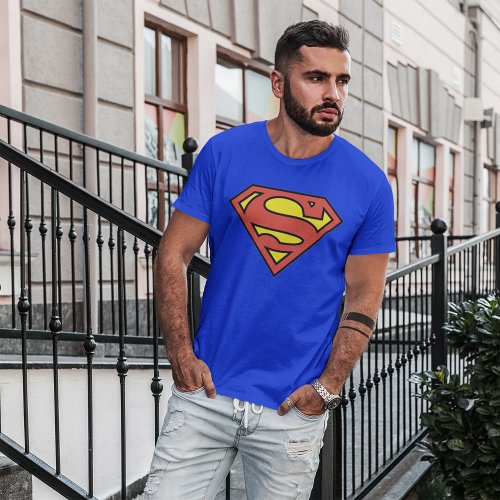

![Marvel Comics Guardians of the Galaxy Rocket Raccoon Superhero Character 18×24 inch Movie Poster Art Print [N33]](https://www.filmfetish.com/img/p/2023/02/P1490303--170x170.jpg)
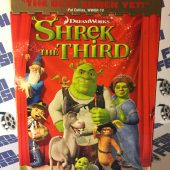
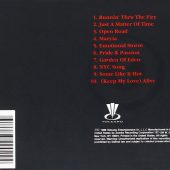

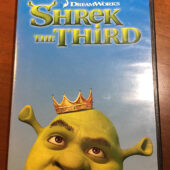

![Marvel Hulk and the Agents of Smash Comic TV Series Preview (May 2013) FCBD [Y45]](https://www.filmfetish.com/img/p/2022/01/shop-products-220128-00169--170x170.jpg)
![Looney Tunes PEZ with Feet Dispenser Set: Tweety Bird, Bugs Bunny, Daffy Duck, Speedy Gonzales, Sylvester the Cat, Yosemite Sam, Tasmanian Devil Set of 8 [PEZ 10]](https://www.filmfetish.com/img/p/2022/02/pez10-01-170x170.jpg)
![Daredevil No. 236 (November 1986) Bill Sienkiewicz and Walter Simonson Cover [J32]](https://www.filmfetish.com/img/p/2020/08/daredevil-comic-j32-01-170x170.jpg)